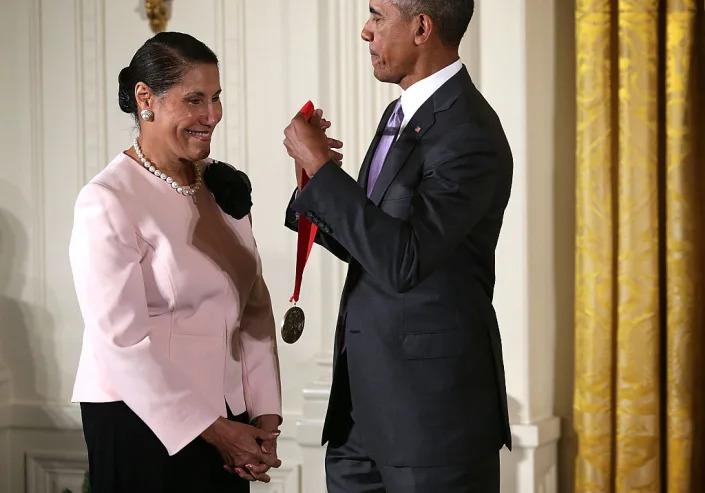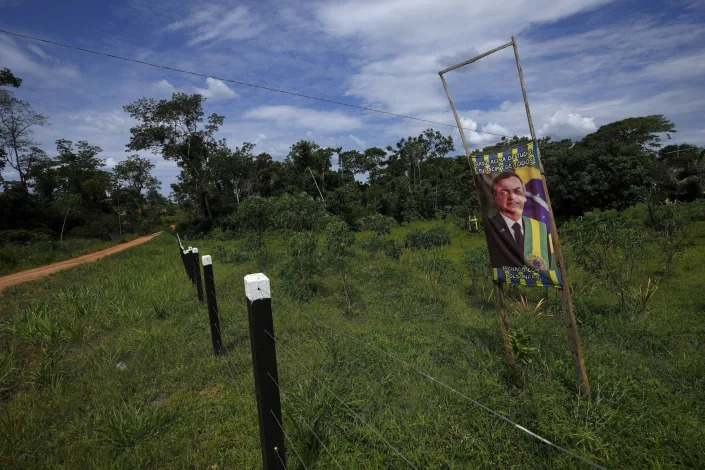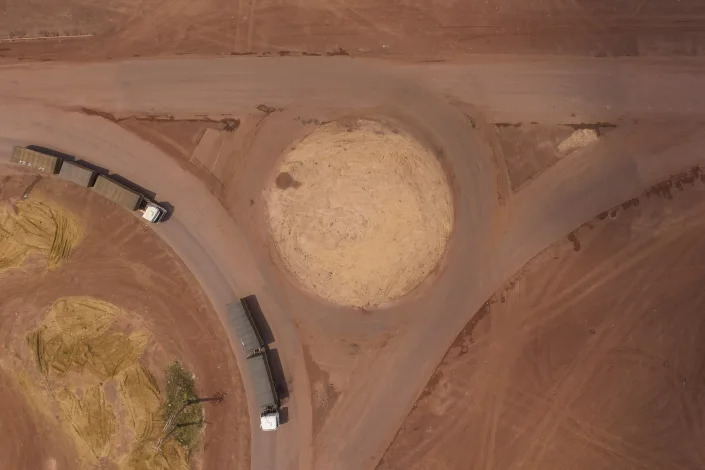Study offers neurological explanation for how brains bias partisans against new information
People who share a political ideology have more similar ‘neural fingerprints’ of political words and process new information in similar ways, according to a new analysis led by Brown University researchers.
Peer-Reviewed PublicationPROVIDENCE, R.I. [Brown University] — What causes two people from opposing political parties to have strongly divergent interpretations of the same word, image or event?
Take the word “freedom,” for example, or a picture of the American flag, or even the 2020 U.S. presidential election. A person who identifies politically as liberal vs. one who identifies as conservative will likely have opposing interpretations when processing this information — and a new study helps to explain why.
While previous theories posited that political polarization results from selective consumption (and over-consumption) of news and social media, a team led by researchers at Brown University hypothesized that polarization may start even earlier.
Their new study, published in Science Advances, shows that individuals who share an ideology have more similar neural fingerprints of political words, experience greater neural synchrony when engaging with political content, and their brains sequentially segment new information into the same units of meaning. In this way, the researchers said, they show how polarization arises at the very point when the brain receives and processes new information.
“This helps shed light on what happens in the brain that gives rise to political polarization,” said senior study author Oriel FeldmanHall, an associate professor of cognitive, linguistic and psychological sciences who is affiliated with the Carney Institute of Brain Science at Brown University. Daantje de Bruin, a graduate student in FeldmanHall's lab, led the research and conducted the data analysis.
Previous research from FeldmanHall’s lab showed that when watching a potentially polarizing video about hot-button issues like abortion, policing or immigration, the brain activity of people who identified as Democrat or Republican was similar to the brain activity of people in their respective parties.
That neurosynchrony, FeldmanHall explained, is considered evidence that the brains are processing the information in a similar way. For this new study, the researchers wanted to get an even more detailed picture of why and how the brains of people in the same political party are able to sync up.
To do that, the team used a range of methods that they say have never before been used in conjunction with each other. They conducted a series of experiments with a group of 44 participants, equally split among liberals and conservatives, who agreed to perform various cognitive tasks while undergoing functional magnetic resonance imaging (fMRI), which measures the small changes in blood flow that occur with brain activity.
Participants first completed a word reading task in which they were presented with single words (e.g., “immigration,” “abortion”) and asked to determine whether the word was political or non-political (indicated via a button press). Then the participants watched a series of videos, including a neutrally worded news clip on abortion and a heated 2016 vice presidential campaign debate on police brutality and immigration. During the experiments, the participants’ brain activity was measured using fMRI.
One of the methods the researchers used is called representation similarity analysis. When a person sees a simple, static image, like a word, the brain will represent that word with certain activity patterns.
“You can think of it as the brain representing the word by firing neurons in a certain way,” FeldmanHall said. “It’s almost like a fingerprint — a neural fingerprint that encodes the concept of that word within the brain.”
She added that since neural activity patterns store information about the world, how the brain represents this information is considered a metric for how that information is interpreted and used to steer behavior and attitudes.
In the study, the participants were exposed to words that are often politicized, like “abortion,” “immigration” and “gangs,” as well as more ambiguous words, like “freedom”.
The researchers found by analyzing the fMRI data that the neural fingerprint created by a liberal brain is more similar to other liberal brains than the neural fingerprint created by a conservative brain, and vice versa. This is important, FeldmanHall said, because it shows how the brains of partisans are processing information in a polarized way, even when it’s devoid of any political context.
Putting the polarized pieces together to create an ideological story
The researchers also used a newer methodology called neural segmentation to explore how the brains of people who identify with a particular party bias the interpretation of incoming information. Brains are constantly receiving visual and auditory input, FeldmanHall said, and the way the brain makes sense of that continuous barrage of information is to separate it into discrete chunks, or segments.
“You can think of it like dividing a book of solid text into sentences, paragraphs and chapters,” she said.
The researchers found that the brains of Democrats separate incoming information in the same way, which then gives similar, partisan meanings to those pieces of information — but that the brains of Republican segment the same information in a different way.
The researchers noted that individuals who shared an ideology had more similar neural representations of political words and experienced greater neural synchrony while watching the political videos, and segmented real-world information into the same meaningful units.
“The reason two liberal brains are synchronizing when watching a complicated video is due in part to the fact that each brain has neural fingerprints for political concepts or words that are very aligned,” FeldmanHall explained.
This explains why two opposing partisans can watch the same news segment and both believe that it was biased against their side — for each partisan, the words, images, sounds and concepts were represented in their brain in a different way (but similar to other partisans who share their ideology). The stream of information was also segmented out in a different format, telling a different ideological story.
Taken together, the researchers concluded, the findings show that political ideology is shaped by semantic representations of political concepts processed in an environment free of any polarizing agenda, and that these representations bias how real-world political information is construed into a polarized perspective.
“In this way, our study provided a mechanistic account for why political polarization arises,” FeldmanHall said.
The researchers are now focusing on how this explanation of polarization can be used to combat polarization.
“The problem of political polarization can’t be addressed on a superficial level,” FeldmanHall said. “Our work showed that these polarized beliefs are very entrenched, and go all the way down to the way people experience a political word. Understanding this will influence how researchers think about potential interventions.”
Additional contributors to this research included Pedro L. Rodríguez from the Center for Data Science at New York University and Jeroen M. van Baar from the Netherlands Institute of Mental Health and Addiction.
JOURNAL
Science Advances
METHOD OF RESEARCH
Observational study
SUBJECT OF RESEARCH
People
ARTICLE TITLE
Shared neural representations and temporal segmentation of political content predict ideological similarity
ARTICLE PUBLICATION DATE
1-Feb-2023









